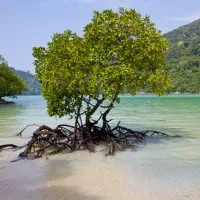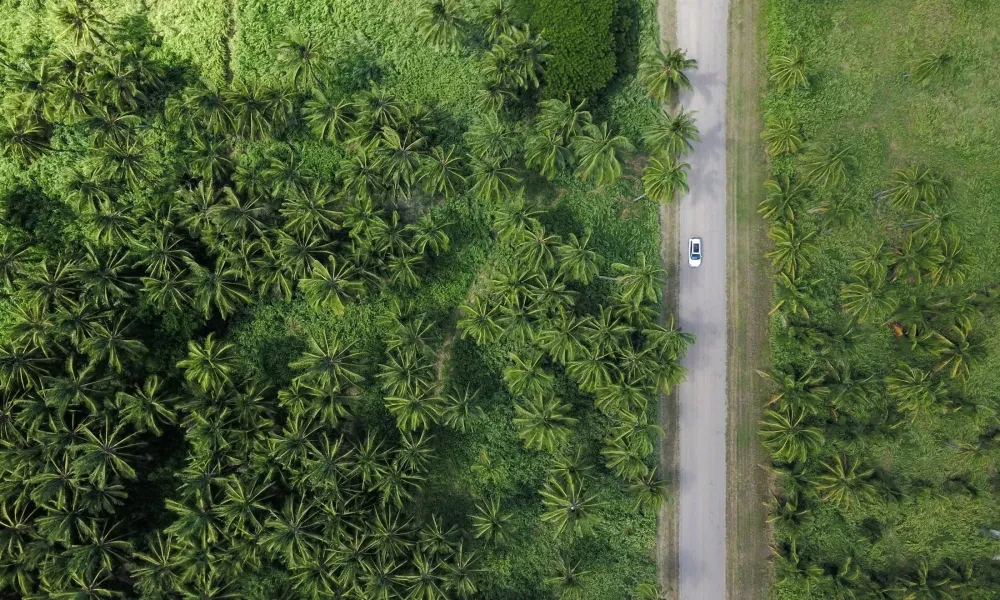
Our Pathway to Decarbonisation
We rely on natural resources. Our scale ensures that we can play a positive role in the transition to a low-carbon economy where both nature and our business can thrive.
Looking at the Future
By 2025, we aim to achieve 100% of purchased renewable electric energy where technically feasible to reduce our operational footprint. In 2023 we achieved a 20% reduction in CO2 emissions per ton of finished product compared to 2017 levels. We also fixed a third-party verified emissions baseline that will be key to set targets and transparently track our progress.
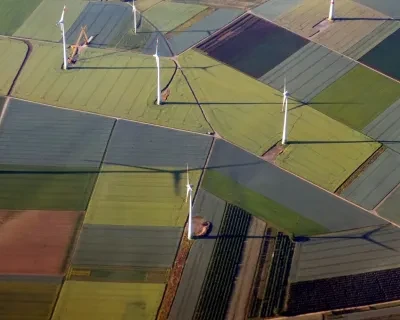
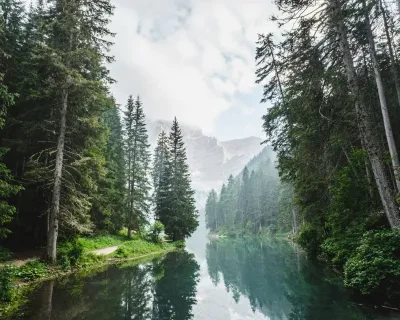
Bolton’s Climate Transition Plan
We are working to shift from our current ambition to targets aligned with the latest climate science. Based on our Corporate Carbon Footprint, we are developing Bolton’s first Climate Transition Plan aimed at ensuring an ambitious yet realistic contribution to Climate Change mitigation in our own operations and throughout the whole value chain. To showcase our efforts, we have committed to the Science Based Targets Initiative.
Our Commitment to Climate Transparency
CDP, a not-for-profit overseeing global environmental disclosure, is the gold standard for environmental reporting. In 2023, we submitted our first CDP questionnaire to meet client requests and assess our climate maturity. Bolton scored B, reflecting our commitment to transparency and a low-carbon economy.

Read about Bolton and sustainability
Our Stories
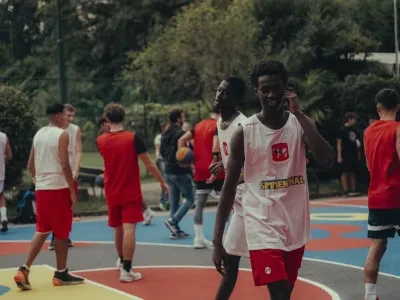
The New Simmenthal Playground in Milan is Open
We have worked on a community engagement project focused on the enhancement of a basketball playground in Milan.

Bolton Unveils New Sustainability Report: A Commitment to a Greener Future
At Bolton, sustainability is at the heart of everything we do.

Our Toledo Plant Achieves AENOR Zero Waste Certification
Our Toledo plant has proudly achieved the AENOR Zero Waste certification, a significant milestone in our ongoing commitment to s...

